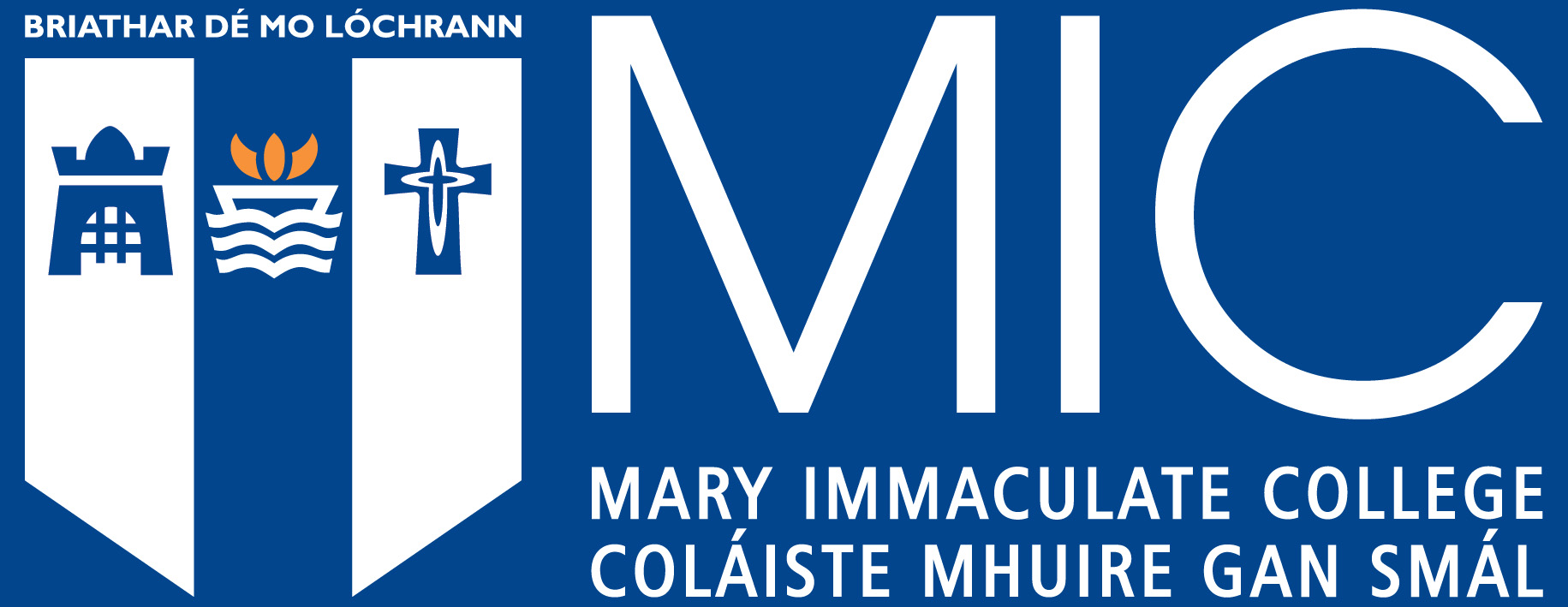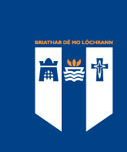Augmentative and Alternative Communication (AAC) in Irish mainstream primary schools: staff experiences and inclusive practices
Abstract
Background: Inclusive education for students with additional needs has been denoted in Irish educational policies for three decades, as well as in international literature and human rights legislation with increasing emphasis. Research has shown that many students with Complex Communication Needs (CCN) are effectively supported by Augmentative and Alternative Communication (AAC). UNESCO defines AAC as “communication systems used to replace speech either on a regular or occasional basis” (Hersch, 2020, p.51).
Aims: This research question asks how students using AAC are included in Irish mainstream primary schools. A qualitative mixed-methods sequential design was employed to explore the inclusive practices and experiences of staff supporting students using AAC.
Sample: 17 participants took part including primary school teachers and Special Needs Assistants (SNAs) with varying experience in supporting students with CCN who use AAC.
Methods: A survey was delivered online and analysed using Reflexive Thematic Analysis (RTA). Following this, three survey participants (one teacher and two SNAs) who work together to support a child using AAC, took part in semi-structured interviews. Interviews were analysed using Multiperspectival Interpretative Phenomenological Analysis (IPA).
Results: Survey analysis resulted in four overarching themes related to structure, roles of individuals across the school environment, training, and time as both a limitation and a source of hopefulness. Interview participants also discussed barriers and facilitators of AAC use, inclusive practices, social interaction and communication.
Conclusions: Findings indicate that currently AAC is more often used in structured lessons with staff compared to social interactions with peers, although staff sometimes engage in novel, unstructured peer training. Evident across responses were strong feelings related to the
inclusion of this cohort of students. Implications were noted for the choice of AAC, creating opportunities for interactions, and the need for whole-school approaches to staff training and AAC use.
Keywords
Augmentative and alternative communication (AAC)Complex communication needs
Inclusion
Inclusive education


